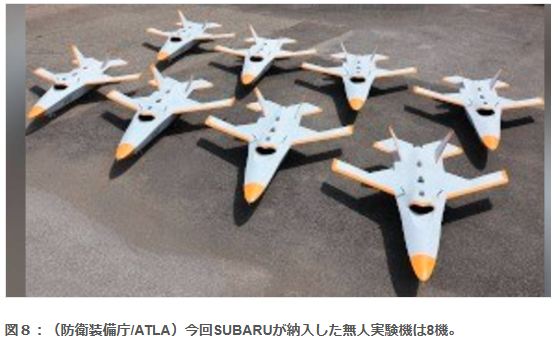
斯巴魯:可與有人機協同飛行的無人機首次亮相
– 可在相對速度200公里/小時下自主避碰
– 配備緊湊、低功耗、高性能感測器
摘自《Norimono News》文章摘要。
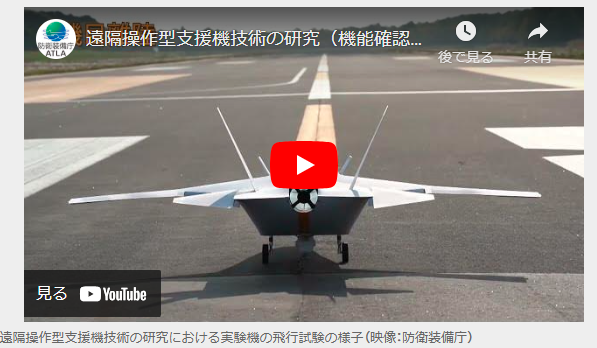
ATLA: Test flight footage unveiled for the first time:
On July 9, 2025, Subaru delivered an experimental aircraft to the Defense Acquisition, Technology and Logistics Agency for research into remote-controlled support aircraft technology.
Subaru and the Defense Acquisition, Technology and Logistics Agency released flight test footage.
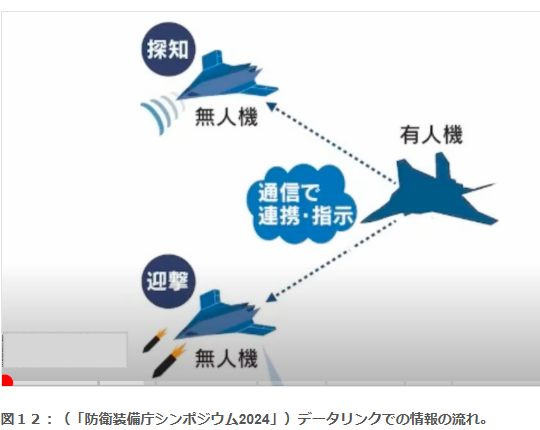
Collaborative Combat Aircraft: (CCA)
Subaru has released technology for “unmanned aircraft that flies in conjunction with manned aircraft.”
1. “Flight path generation technology that enables autonomous formation flight” has been realized.
2. Pilots of manned aircraft can freely command and control unmanned aircraft.
Subaru has a track record of technological development in the unmanned aircraft field for over 50 years. It aims to realize the world’s first remote control technology.
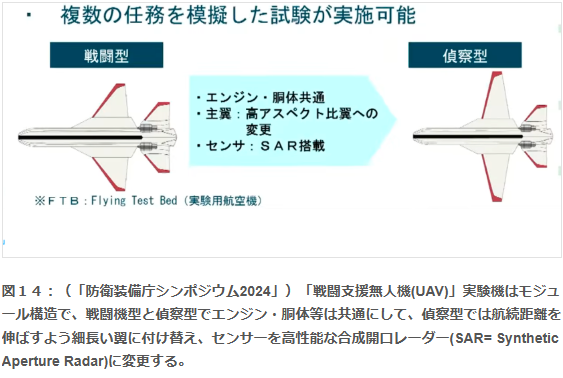
Delivered to the Defense Acquisition, Technology Agency:
Subaru designed, manufactured, and tested the experimental aircraft and delivered it to the Defense Acquisition, Technology Agency.
1. Completed technological development that “enables autonomous formation flight, etc.”
2. Realized remote control technology that “enables manned aircraft to issue instructions to unmanned aircraft.”
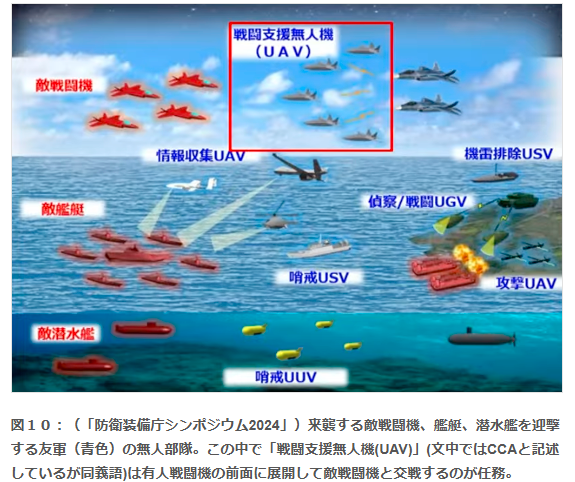
Various tests will be conducted by the Defense Acquisition, Technology Agency in the future, with Subaru providing support.
https://www.watch.impress.co.jp/docs/news/2030113.html
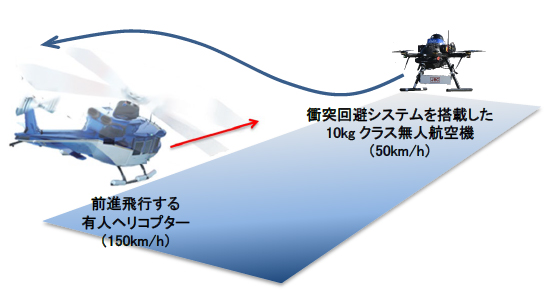
Subaru: Drone Succeeds in Autonomous Collision Avoidance:
Collision avoidance tests were conducted in Minamisoma City, Fukushima Prefecture from September 9 to 10, 2021.
1. Equipped with a miniaturized/low-power sensor on a 10kg-class unmanned aircraft.
2. World’s first successful autonomous collision avoidance at a relative speed of 200km/h (actual operating speed range).
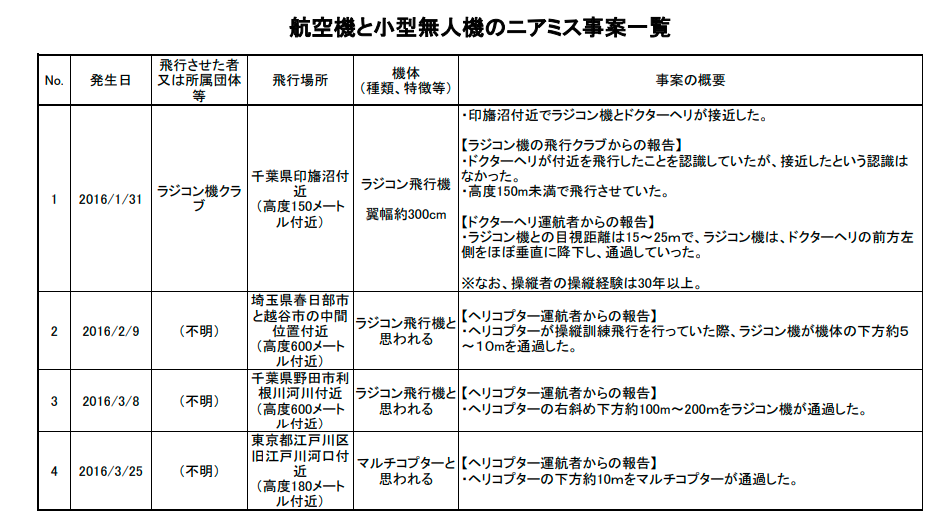
Small drones: Frequent collision accidents:
The number of unmanned aircraft in operation is rapidly increasing, for example, for transporting supplies during disasters, searching for victims, and as a logistics infrastructure.
However, near-misses between unmanned and manned aircraft have been reported.
Collision avoidance technology is an urgent issue for safe use.
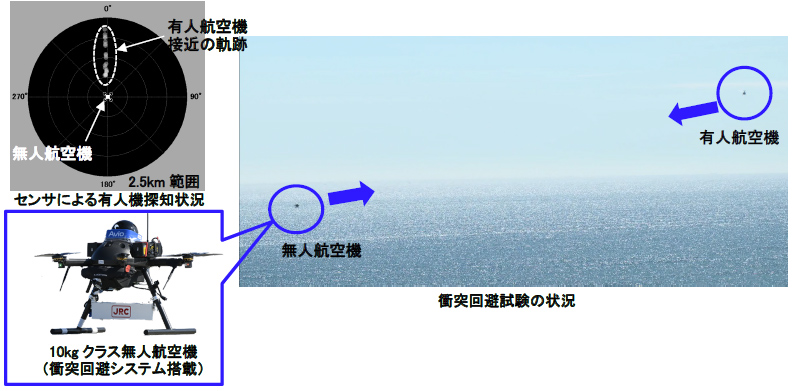
Technology essential for the practical use of unmanned aircraft:
Collision avoidance technology is essential for the realization of “flight beyond visual line of sight” and “flight over third parties.”
Overview of the test conducted:
Tests were conducted with a 10kg-class unmanned aircraft (50km/h) and a manned helicopter (150km/h).
1. Data was collected from the unmanned aircraft and onboard sensors by approaching each from the front.
2. The sensor generated a route to avoid collisions in real time.
3. It was confirmed that the unmanned aircraft was capable of autonomous avoidance flight using this avoidance route.
It was also confirmed that the drone returned to its original flight path after avoiding a manned helicopter.
https://www.mlit.go.jp/common/001153086.pdf